Interview: Martin Brudnizki, Interior Architect and Designer
By Something CuratedSwedish interior architect Martin Brudnizki is responsible for the design of countless buzzed-about London venues, including Scott’s, The Ivy, and Hix, to name a few. The London-based interior architect has added his signature touch to these spaces, creating a hype around the design equalling, or often surpassing, the menus.
No matter what the project, Brudnizki succeeds in the reinvention of spaces, adding a new and unique sense of luxury and intrigue to each venue. Something Curated speaks to the design aficionado about his influences, design process and work ethic, finding out what makes great design, as well as how Brudnizki lives, and what excites him when he’s not creating ground-breaking interior concepts.
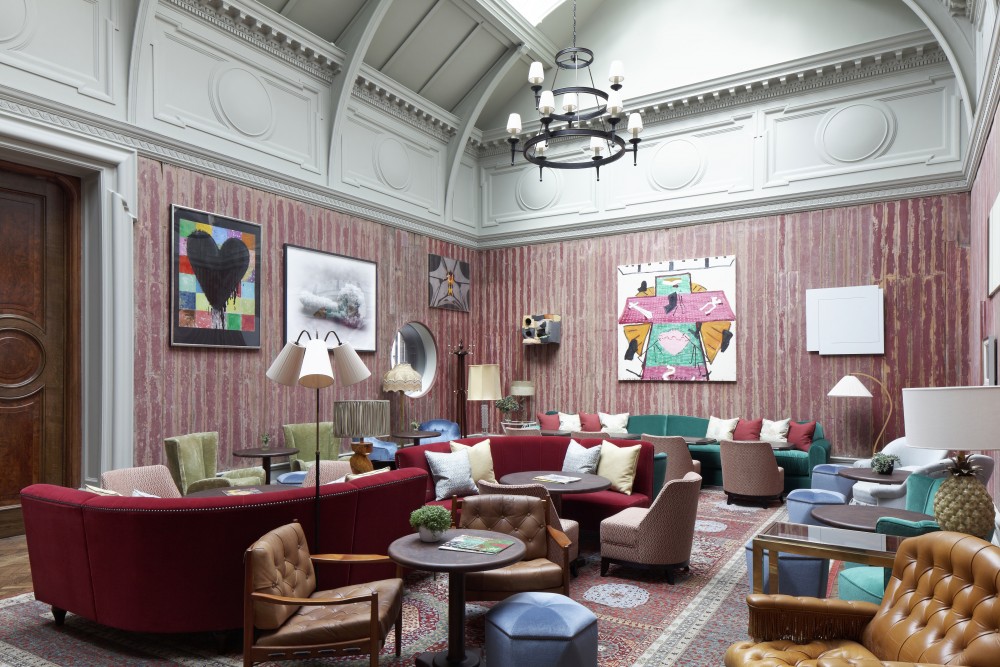
Something Curated: How did you start your design career? What made you want to work in design and architecture? How has your work evolved over the years?
Martin Brudnizki: “When I was still living in Sweden, a friend of mine went to London to study interior design. On his return to Stockholm, he showed me what he had done during his first year and I thought, ‘I can do better than that.’ From the beginning I’ve had an incredible drive and always thought I’d one day end up with my own studio. I perhaps didn’t imagine I would have over 70 people working with me, but I like life to have at least a few surprises.”
SC: Were there any designers or spaces that influenced you early on in your career?
MB: “I have been, and still am, inspired by a complete mixture of people; from the bold colours and patterns of Dorothy Draper to the modernism of Scandinavian architects and designers like Gunnar Asplund and Alvar Aalto.”
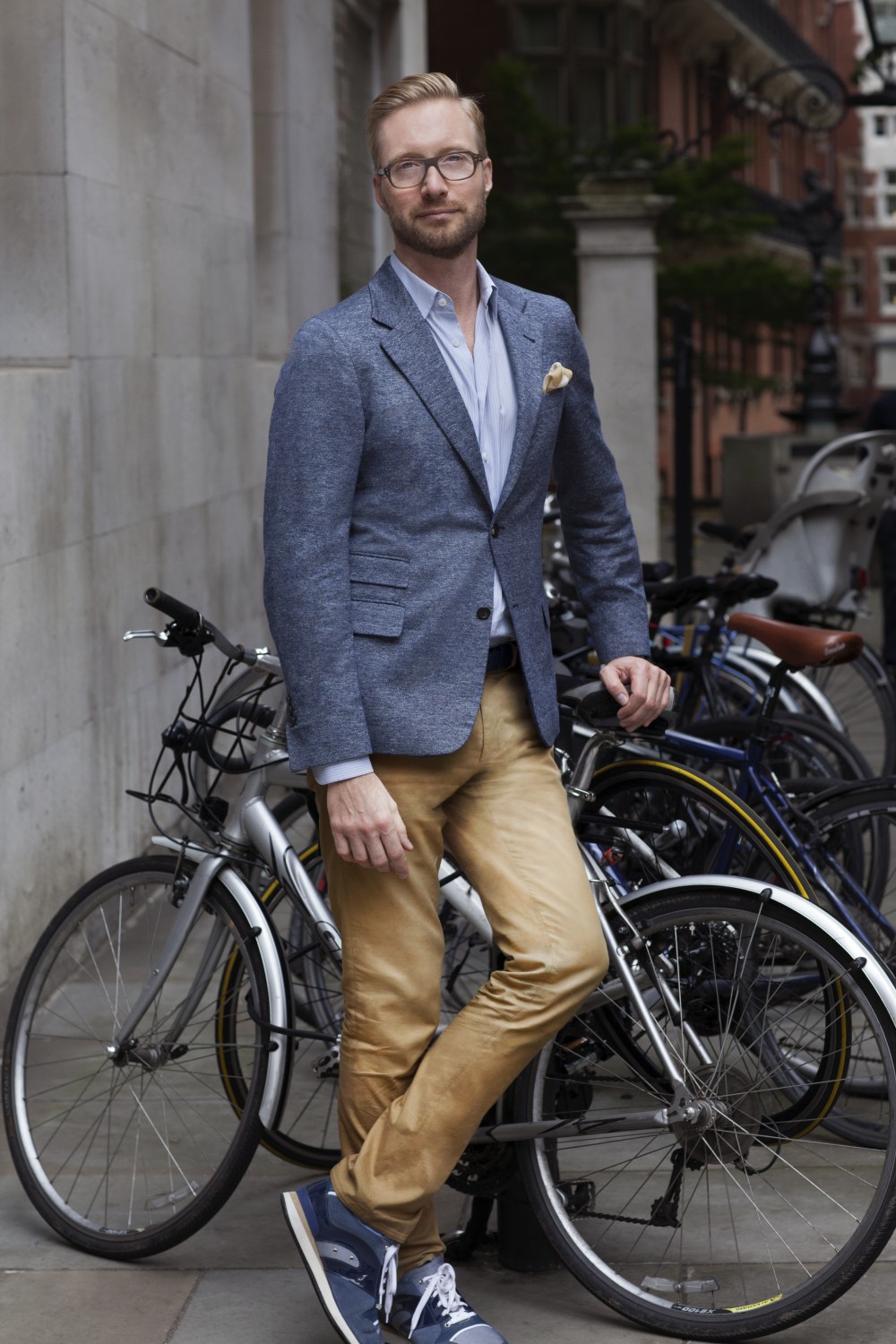
SC: Are there any kinds of spaces or projects you would like to work on but haven’t had the chance? Is there a particular space in London you would love to reinvent?
MB: “It’s not in London but The Cloud Club in New York was a members-only lunch club that occupied the 66th, 67th and 68th floors of the Chrysler Building. It closed in 1977 and would be an amazing space to redesign and bring into the 21st century whilst retaining a sense of old school charm.”
SC: Is there an ethos to your work that is consistent and if so what?
MB: “Understanding our client is such an important step in the design process. Whether I’m creating the space for a restaurant, bar, hotel or designing someone’s home, it is paramount I understand the client, their needs and the service they provide. Therefore we spend a lot of time together, from inception to completion.”
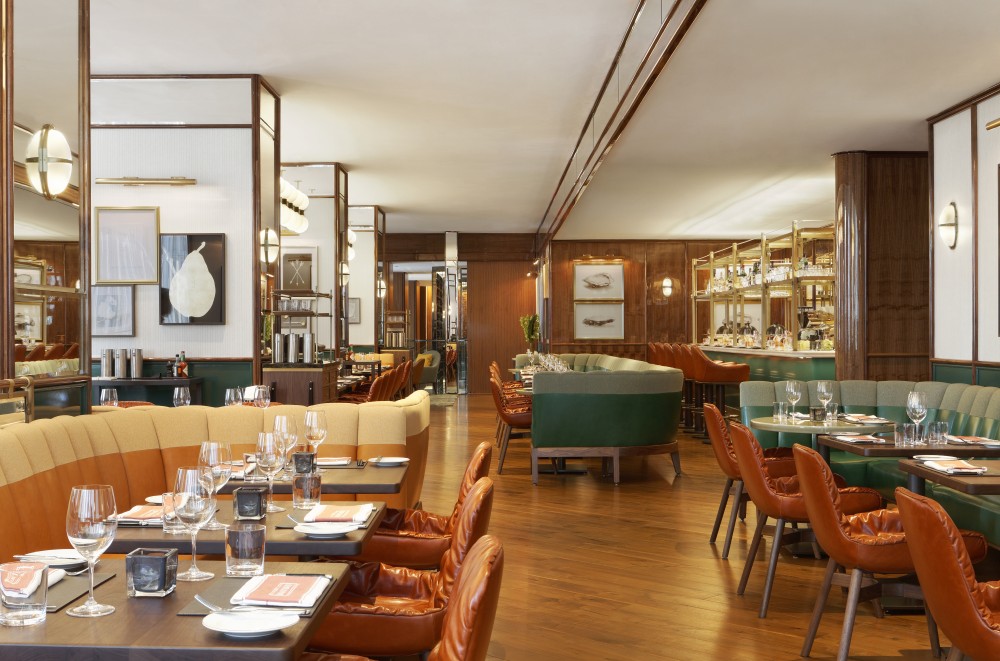
SC: Do you establish a design narrative for your projects or how do you approach a new project or space?
MB: “I pay particular attention to the building, street or neighbourhood the project is within. An interior that appears displaced is unlikely to be as warmly received as one that recognises its history or surroundings. The ultimate aim is to design a space that feels like it has always been there.”
SC: Tell us how design can make our lives better.
MB: “Where we eat, sleep and drink is instrumental to defining our lifestyle and shaping how we engage with the world around us. A restaurant has the ability to improve an area and the lives of those who visit; our homes can not only make us feel comfortable but also more confident when designed correctly. I like to think our interiors are capable of providing the framework from where we can explore a way of life — whether that is meeting new people, socialising with friends, sharing ideas or escaping into our own utopia.”
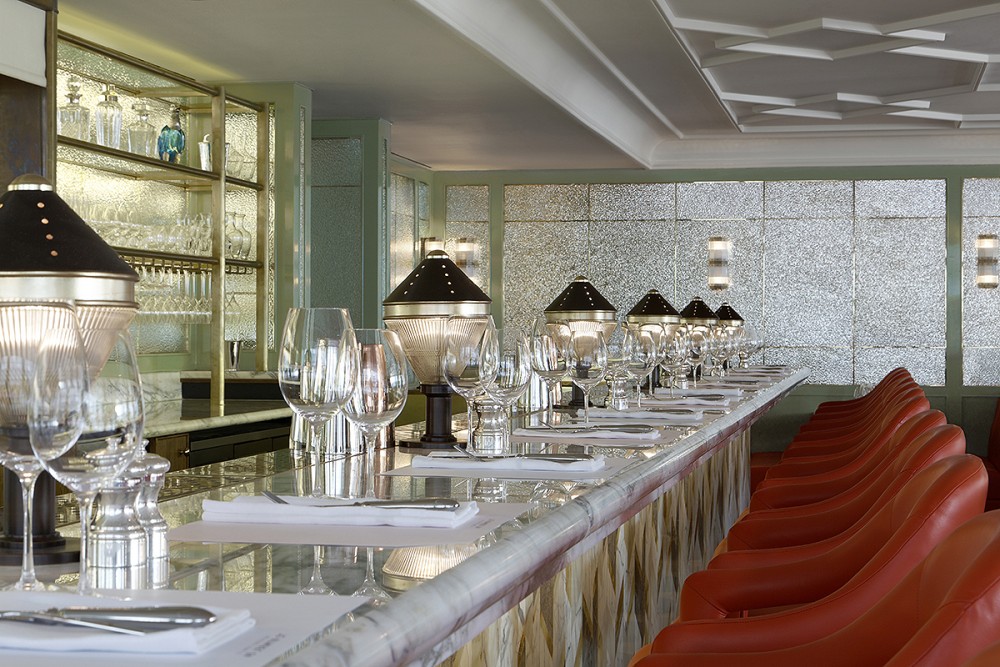
SC: You’ve made your name in restaurants and hotels, are there lesser known projects you are particularly proud of? Tell us about them.
MB: “Though we are predominantly known for our hospitality projects, we also do quite a bit of residential work. One which I’m really looking forward to seeing is 45 East 22nd Street, an incredible 66 storey residential development in the Flatiron District in New York. The building is a sculptural glass tower that rises 770 feet in the sky. In working with contemporary architecture it’s important to retain a sense of place and timelessness and we did this by giving each apartment a pre-war feel in terms of detailing and proportion.”
SC: What projects are you currently working on in London or elsewhere?
MB: “Both the London and New York studios are very busy working on projects in Paris, Hong Kong, New York, LA, London, Cambridge, Hampshire, Amman, Mexico City, Dallas, Puerto Rico. In terms of what specific projects I can talk about at this stage, at the moment I’m looking forward to seeing The Beekman Hotel in New York complete.*”
SC: What are some of the materials that you love working with?
MB: “When it comes to materiality I have always admired the French designer Paul Dupre-Lafon. His designs managed to combine art-deco and modernism perfectly through a clever use of quality materials. I’m quite similar, I like to mix natural materials such as oak or walnut with marble and metals. I recently launched a product design studio called And Objects and you can see this juxtaposition of materiality in some of the pieces I designed – the Bodre Tall Boy for example combines a natural oak with brass and glass shelves and silk panelled drawers in a very glamorous way.”
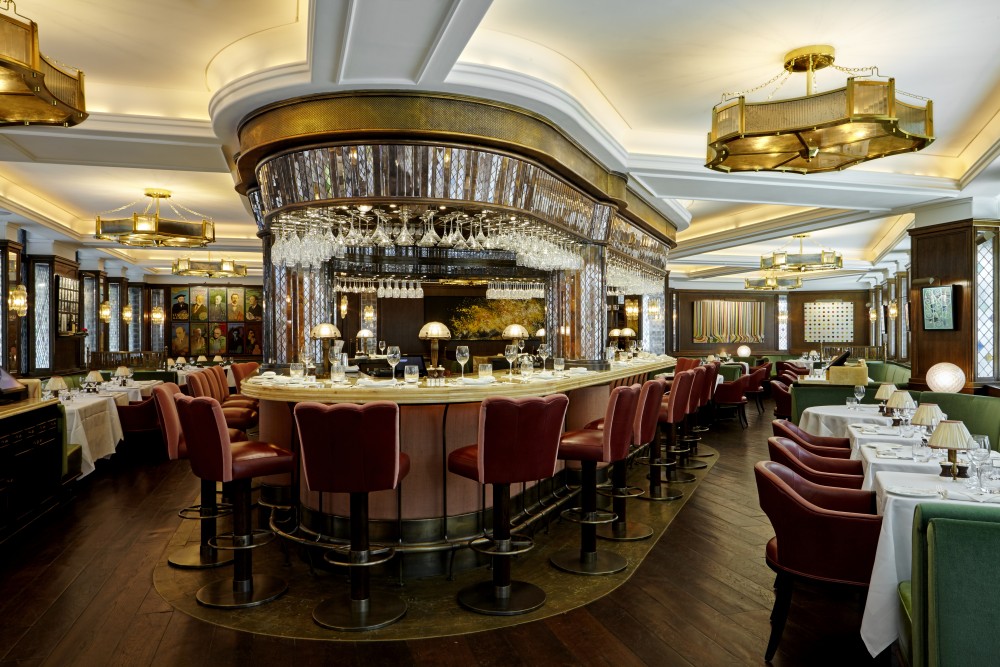
SC: What does London offer a designer compared to other cities?
MB: “London is a wonderful place to live and work, it buzzes and there are so many characters. My studio is located in the heart of Chelsea’s design quarter and right next to an auction house, so the design team are free to drop into any of these places and seek inspiration from objects or furnishings they see. London is also full of such intrigue and history and for a designer, this is an invaluable resource. As well, the contrast in architecture is amazing, from the neo-classical buildings in Mayfair to the Brutalist constructions on the South Bank.”
SC: When you’re not working hard in at your office, what are your favourite restaurants, bars to visit in other places in London and in other places in the world? Where is home and what makes your personal space special?
MB: “I spend a lot of time travelling between London and New York so I love nothing more than coming home to my flat in Parsons Green. It’s on the top floor of a mansion block and has wonderful views over London. My home is my refuge and so I’ve designed it as a place that can be both intellectually stimulating but also relaxing. When in London, if I’m not visiting one of my own projects, I really like visiting a pub, preferably The Pigs Ear on Old Church Street or The Harwood Arms in Fulham. There is something so simple and British about the décor and food that is really comforting.”
Interview by Glynnis Mapp
Images courtesy of Martin Brudnizki Design Studio, mbds.com
* The Beekman Hotel will launch in July